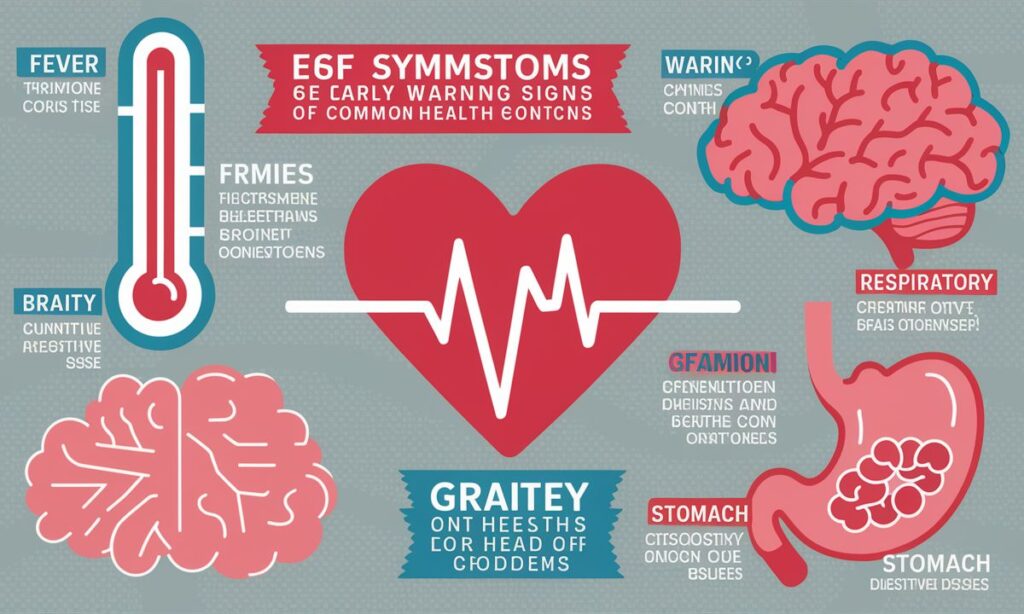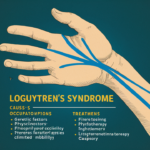Ozdikenosis is a term that has emerged in recent discussions surrounding rare diseases and their potential fatal consequences. Despite its growing recognition, many remain unaware of what ozdikenosis entails and the serious health risks it poses. Understanding this condition is vital for those who may be affected by it, as it could lead to dire outcomes if not properly managed.
What Is Ozdikenosis?
Ozdikenosis is not widely documented in mainstream medical literature, which raises questions about its validity as a recognized disease. It may represent a progressive disease affecting vital bodily functions. The lack of comprehensive medical research on ozdikenosis makes it challenging to categorize it definitively, whether as a new illness, a rare condition, or a misunderstood phenomenon.
While the specifics of ozdikenosis remain unclear, its potential lethality suggests that it could cause significant harm to critical body systems. In line with other fatal conditions, ozdikenosis might lead to organ failure, disrupt the immune system, and result in irreversible damage to vital organs.
How Does Ozdikenosis Affect the Body?

Understanding the mechanisms through which ozdikenosis affects the body is crucial for grasping its dangers. Fatal diseases often compromise essential bodily systems, such as the respiratory, cardiovascular, and nervous systems.
Organ Failure
One of the most alarming possibilities with ozdikenosis is the risk of organ failure. When major organs such as the heart, liver, or kidneys malfunction due to disease progression, the result can be catastrophic. The failure of these organs can lead to a series of complications that may culminate in death.
Immune System Disruption
If ozdikenosis weakens the immune system, the body becomes susceptible to a range of infectious diseases. Minor infections can escalate quickly and lead to severe complications like sepsis, a life-threatening condition requiring immediate medical attention.
Blood Circulation Issues
Another critical aspect of ozdikenosis is its potential to interfere with blood circulation. This could result in dangerous conditions such as blood clots, strokes, or heart attacks. Disruption in blood flow can have immediate and fatal consequences, highlighting the urgency of understanding and addressing this condition.
Neurological Disorders
If ozdikenosis impacts the brain or spinal cord, it may lead to neurological disorders such as paralysis or seizures. These symptoms can significantly hinder the body’s ability to function, making survival increasingly difficult.
Why Is Ozdikenosis Fatal?
Several factors contribute to the fatality associated with ozdikenosis.
Rapid Progression
Many diseases, including ozdikenosis, may progress rapidly, leaving little time for diagnosis or treatment. This rapid decline in health can make medical intervention challenging, if not impossible.
Lack of Cure or Treatment
The rarity of ozdikenosis means that it may not have established treatment options. Health complications arising from untreated conditions can lead to dire consequences. Without proper medical care, patients might face an uphill battle against the disease.
Multiple Complications
Ozdikenosis may lead to multiple health issues that compound its effects. While it may not be fatal in isolation, its impact on the immune system, organs, and circulation can precipitate other life-threatening conditions.
Symptoms and Early Warning Signs

Identifying the symptoms of ozdikenosis is crucial for early intervention. Although detailed information is scarce, potential warning signs may include:
- Unexplained fatigue or weakness
- Difficulty breathing or chest pain
- Sudden weight loss or loss of appetite
- Chronic pain or inflammation
- Neurological issues such as dizziness, confusion, or seizures
- Skin discoloration or unusual bruising
Recognizing these symptoms can be vital for timely medical intervention, which can significantly improve outcomes.
Can Ozdikenosis Be Prevented?
Preventive measures for ozdikenosis largely depend on understanding its causes and risk factors. While specific prevention strategies remain undefined, maintaining overall health through a balanced diet, regular exercise, and routine medical checkups may help mitigate risks associated with many fatal diseases.
Staying informed about emerging medical research is also essential. As ozdikenosis gains recognition, further investigation may lead to preventive strategies and treatment options.
| Aspect | Details |
| Disease Type | Rare Disease |
| Potential Causes | Unknown; possible genetic or environmental factors |
| Common Symptoms | Fatigue, weight loss, respiratory issues |
| Fatal Risks | Organ failure, immune disruption, neurological issues |
| Prevention Strategies | Healthy lifestyle, early detection |
FAQs
What are the primary symptoms of ozdikenosis?
The primary symptoms include unexplained fatigue, difficulty breathing, sudden weight loss, and neurological issues like dizziness or confusion.
How can ozdikenosis be diagnosed?
Diagnosis typically involves a thorough examination of symptoms, medical history, and possibly advanced imaging or blood tests, although specific criteria for ozdikenosis are still being established.
Is there a cure for ozdikenosis?
Currently, there is no established cure for ozdikenosis due to its rare and poorly understood nature. Treatment focuses on managing symptoms and complications.
What should I do if I suspect ozdikenosis?
If you suspect you or someone else may have ozdikenosis, seek medical attention promptly for evaluation and potential treatment.
What are the long-term effects of ozdikenosis?
The long-term effects may include chronic health issues related to organ damage, immune system dysfunction, and neurological complications, but more research is needed to understand its full impact.
Conclusion
Ozdikenosis represents a complex and potentially deadly condition that necessitates further understanding. The limited information available underscores the importance of raising awareness about its possible symptoms and consequences. As medical science advances, ongoing research may provide more insights into this condition, paving the way for improved diagnostic and treatment options.Recognizing the signs and symptoms of ozdikenosis can be crucial for early detection and intervention. If you suspect that you or a loved one may be at risk, consulting a healthcare professional is paramount.
fore more detalies visit grammargurus

I m John Nicker a Content Writer and SEO Expert with 5 years Experiness. I have Already work on BBC News Website.
















